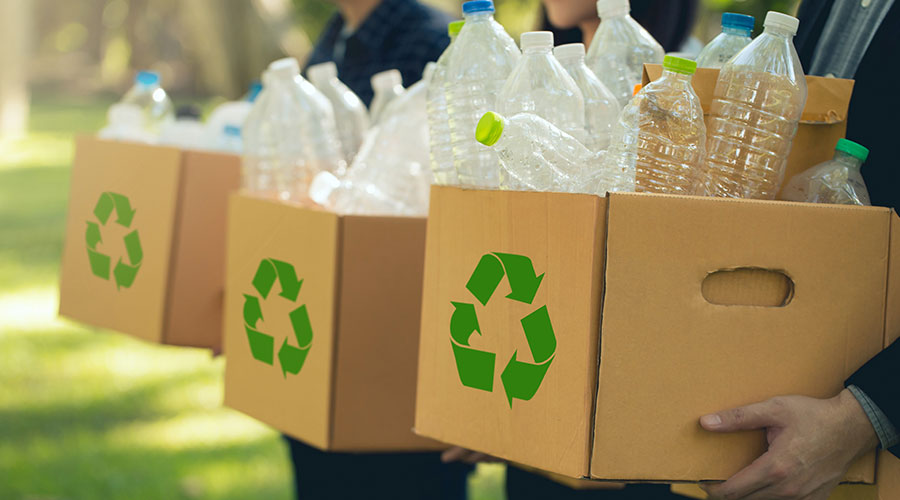Green Cleaning Hot Buttons: Costs, Greenwashing
Like many green trends, green cleaning has two hot-button issues: cost and greenwashing.
Some green cleaning methods save money. For example, lightweight microfiber mops — which cross-contaminate flooring less than traditional mop-and-bucket methods — can save time, concurrently saving an organization money. But Ashkin cautions facility managers to keep from getting too caught up in minimizing costs. "We've already tried stripping as much cost out of cleaning as we can, and buildings are dirtier now than they've ever been," he says.
Ashkin notes that product use is the wrong place to attempt cost savings. "Supply savings are so slight, I recommend building owners roll the savings back into cleaning in an attempt to have a cleaner building," he says. "Reducing the cost of supplies is the wrong place to look, because they are only about 10 percent of the cost of cleaning. Most of the rest is labor."
Still, there's usually going to be pressure to cut cost per square foot, and in those situations, Bishop says he has seen success with peer-to-peer learning opportunities. "Sometimes the best teachers are others in your profession," he says. "When others out there learning new methods, they're usually enthusiastic to share them."
Right to Brag
A growing number of organizations are going beyond basic green cleaning methods to adopt more sophisticated strategies. "We're seeing some districts move well beyond relatively simple standardized cleaning techniques into pretty advanced stuff," Bishop says. He cited Temple University, which is one of the first institutions in America to meet Green Seal's stringent 42 certification. Others are adopting the ISSA's Cleaning Industry Management Standard (CIMS).
Organizations that do adopt green cleaning practices have a right to do some bragging about those programs.
"When schools or building owners put [photovoltaics] or new chillers on buildings, they publicize it, because those are really cool things," says Ashkin. "But most people don't know what those things are, or what they do."
Ashkin points out that everyone understands cleaning. Occupants know what cleaning is, and even if they don't understand the detrimental effects of harsh chemicals, they know that lack of cleaning is an immediate public health concern.
Ashkin argues that more facility managers should be aware of the good press green cleaning methods can have.
That's true not only for external audiences but also for internal ones, says Bishop, citing the example of schools.
"Custodial staffs have to realize they are not isolated," Bishop says. "They're integrated into the school community and work on a green team with school boards and parents. After all, custodial programs are the first line defense for the health and safety of students.
Loren Snyder, a contributing editor for Building Operating Management, is a writer who specializes in facility issues. He was formerly managing editor of Building Operating Management.
Avoiding Greenwash
Although expertise on green cleaning is widely available, facility managers still need beware when suppliers or consultants tout green cleaning experience with scant evidence to back it up.
"Watch out for greenwashing," says Donna Allie of Team Clean, Inc. "A true green cleaning specialist will do more than drop a few catchphrases — they'll be able to talk in depth and intelligently about the products they carry or use."
Steve Ashkin, president of the Ashkin Group, says he recommends going a step further.
"Follow existing road maps so that (facility managers) don't have to re-invent the wheel," he says. "In some states, some school green cleaning is mandated, or check with the Healthy Schools Campaign."
And as for avoiding greenwash, he says that if a service provider says they're experts, but aren't well versed with LEED-EBOM requirements, facility managers should use caution.
It's an old tactic Ashkin recommends: "When a supplier says 'we're an expert,' ask them for three references, and call them up."
— Loren Snyder |
Related Topics:













